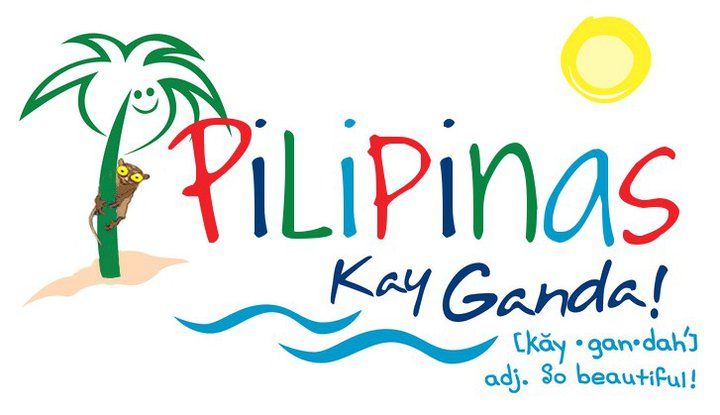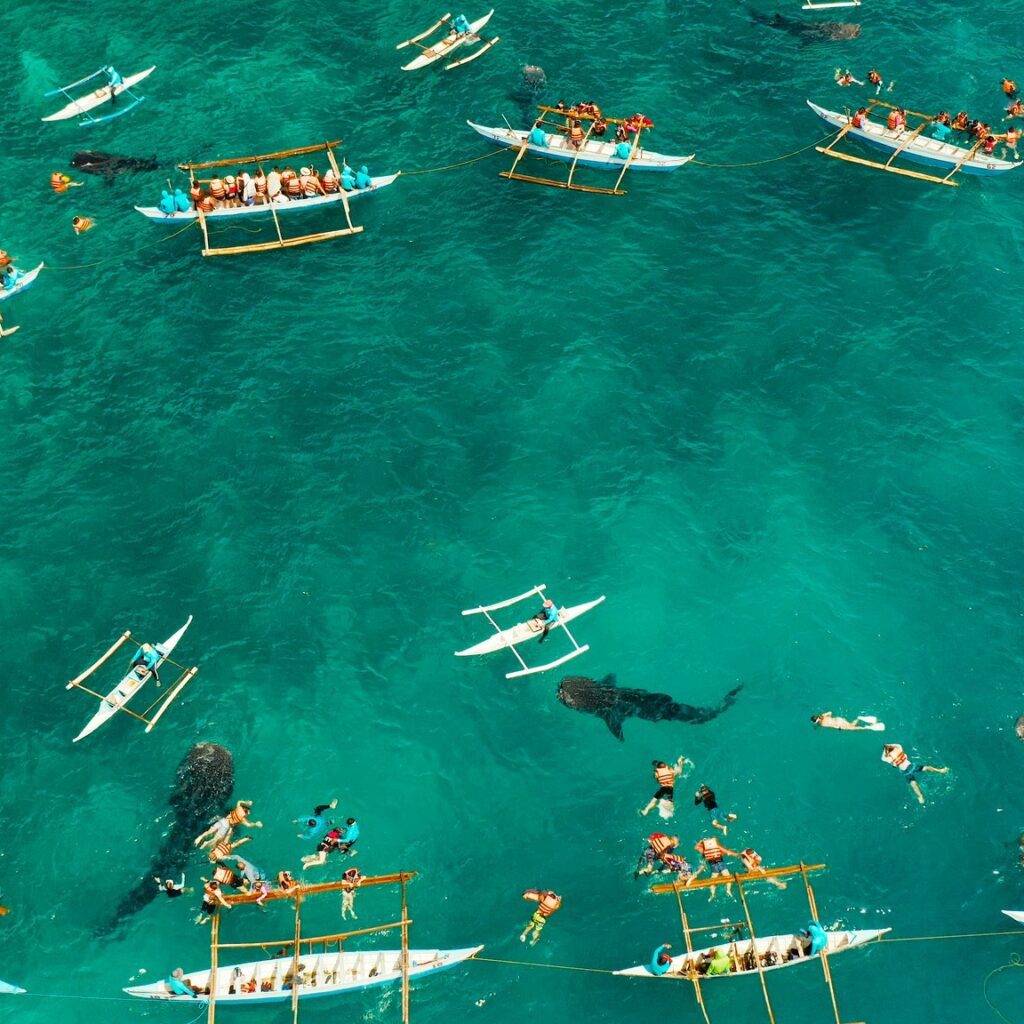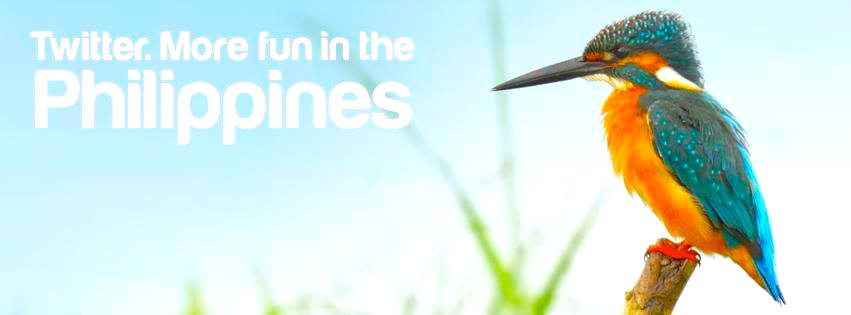With every attempt to change it, a can of worms opens. Let’s examine those worms.
It’s not the first time a new tourism secretary has tried to change or “enhance” the country’s flagship campaign. For the past 11 years, “It’s More Fun in the Philippines” has encapsulated the country’s offerings in the competitive world of tourism promotions.
But first, a look back at why it was a game changer and why people in the travel industry are against changing it.
It’s More Fun in the Philippines (IMFITP) was the country’s first campaign to launch purely on social media. In January 2012, Instagram was only two years old and the older Facebook was still a fairly positive platform for sharing. There were already 30 million active Facebook users in the Philippines and the Department of Tourism (DOT) was relying on crowd sourcing to spread the new slogan.

Always strapped for budget and fighting for views on international TV against Thailand, Malaysia, India and Singapore, the DOT found a new way to promote the country globally without spending millions of dollars in ad placement.
Two days after the launch, the slogan trended No. 1 on Twitter. Domestically, surveys conducted immediately after showed 92% likability, 87% believability, 86% empathy and 82% uniqueness.
How “It’s more fun in the Philippines” came to be
DOT was then headed by former advertising executive Mon Jimenez and its marketing arm, the Tourism Promotions Board (TPB), was headed by career tourism official Chicoy Enerio, who was assigned to Manila after more than a decade in Europe as tourism attaché.
Two days after the launch, It’s More Fun in the Philippines trended No. 1 on Twitter worldwide. Domestically, surveys showed 92% likability, 87% believability, 86% empathy and 82% uniqueness.
Jimenez replaced Alberto Lim, who took over from Ace Durano after the administration changed from Arroyo to Aquino in 2010. Lim resigned in 2011. In his one year at the DOT, he replaced the campaign from the eras of Richard Gordon and Ace Durano, “Wow Philippines,” to “Pilipinas Kay Ganda.”
It was a laughable move. First, foreigners didn’t understand it; second—and removing the language barrier—it was a lazy slogan. Sure, the Philippines is beautiful—but, really, that’s all you can come up with? Besides, that was already taken by Beautiful Bangladesh.
Under Jimenez, eight of the country’s top advertising agencies pitched to the DOT and TPB. It was Jimenez’s former agency BBDO Guerrero that won the bid. The previous administration had also tasked BBDO Guerrero to implement the “Wow Philippines” campaign and slogan coined by Gordon himself in 2002.

To Jimenez, IMFITP was simple, direct and answered the question “Why should I go to the Philippines?”
“We need a line that is easily understood, competitive. More fun in the Philippines is true. Kering keri natin ang campaign na ‘to,” Jimenez said.
TPB’s Chicoy Enerio told me years later that right after IMFITP was made public, thousands of Filipinos joined in with their own versions. Professional photographers offered their photos for the DOT to use for free while others, well, their Pinoy sense of humor kicked in.
Thailand, Malaysia, Indonesia and India are sticking to their campaigns because they continue to make a powerful impact. In contrast, Singapore changed its campaign three times in 13 years.
I remember the memes well because they poked fun at our culture and past. For instance, an original DOT ad showed the Banaue Rice Terraces with the text “Getting Upstairs. It’s More Fun.” Following the thematic tone, Filipinos came up with their own ads using a photo of Imelda Marcos with the text, “Social Climbing. It’s More Fun in the Philippines,” and Ferdinand Marcos Sr. with the caption, “Stealing. It’s More Fun in the Philippines.”
Two kinds of tourism secretaries
There are tourism secretaries who want to discontinue the previous secretary’s campaign regardless of its success and replace it with their own; and those that see the bigger picture and opt for continuity of what works.
For example, Richard Gordon’s flagship campaign “Wow Philippines” won several awards including at ITB Berlin in 2001 and 2002. When Ace Durano took over in 2004, he didn’t replace the campaign. Rather, he took it on the road and to the biggest travel fairs abroad. Wow Philippines was adapted into several sub-campaigns depending on the market. There was Wealth of Wonders, Warm Over Winter, Wild Over Wildlife and Watch Our Whales. Imagine the memes if social media was as active back then!

DOT’s Marie Venus Tan, who was the tourism attaché in Germany in those years, told me they had to tweak it in German-speaking countries because they pronounced “Wow Philippines” as “Vov” as there is no W sound in the German language.
In a chat with Mantle Magazine yesterday, Durano added that they also had to tweak it in some non-English-speaking markets in Asia. “China associated ‘wow’ with dog barking; in Japan and Korea it wasn’t a commonly used expression and they didn’t know what it meant,” he said.
Duterte appointee Wanda Tulfo Teo, who replaced Jimenez in 2016, unveiled a new slogan, “Experience the Philippines,” with an ad of a blind Japanese retiree in 2017. It aimed to pull at heartstrings but missed the mark. The slogan was rejected by tourism stakeholders (she later said she wasn’t changing IMFITP even though in her earlier interviews she said it was time to replace it). It didn’t help either that her tenure, as well as Cesar Montano’s time as TPB head, was filled with allegations of corruption that involved hundreds of millions of pesos.

Berna Romulo-Puyat, who replaced Teo after the latter resigned two years from her appointment, didn’t see the need to change It’s More Fun in the Philippines. In August 2018, Romulo-Puyat said, “Why change something that works? The reason why I’m keeping the slogan is because I want more continuity.”
Is the Philippines still fun?
No one knows if the current DOT under Secretary Christina Frasco will totally scrap IMFITP or how exactly the department will “enhance” it.
The DOT was recently questioned about the slogan “We give the world our best,” which appeared as livery on London buses. On May 10, Senate tourism committee chair Nancy Binay said it “commodifies Filipinos” as it features Filipino-British nurse May Parsons, who administered the world’s first Covid-19 vaccine in January 2021.
Frasco said in a recent interview that it was a “country branding campaign (that) emanated from Malacañang Palace and executed by the Office of the Presidential Adviser for Creative Communications Secretary Paul Soriano.”
“The intention, as I understand, is to present to the world the best that the Philippines can offer and to honor those that have devoted their lives to carrying our nation’s aspirations—our Filipino workers abroad who do give their best in everything that they do. And this is tacitly demonstrated sa pagtrabaho nila away from their families with great sacrifice. They carry the best of the Philippines by working as hard as they can.”



From a 2015 DOT campaign.
It is not a final DOT slogan, Frasco said. “We will enhance the existing slogan (IMFITP) in consultation with our stakeholders, and we will make sure that it is perfectly aligned with the country branding for the Philippines, that is, ‘We give the world our best.’”
When asked whether or not the slogan was for tourism, she said it could also be used to attract tourists “because we’re putting our best foot forward as a country. Who better to become our tourism ambassadors than our overseas Filipino workers who have given our foreign friends abroad a glimpse of the love, the warmth and hospitality of the Filipino people.”
The problem with “We give the world our best” is the context and nuance in the language. I have to agree with Senator Binay when she says it sounds off, as if we are proud to be exporting our people who have to leave their families behind to earn a decent living.
If you have to explain a slogan, then it doesn’t work. Just like a bad joke.
India, Thailand, Indonesia, Vietnam sticking to their campaigns
“Malaysia, Truly Asia” was launched in 1999; “Incredible India” in 2002; “Wonderful Indonesia” in 2011; Vietnam’s “Timeless Charm” in 2012; the decades-old “Amazing Thailand” was spun off in 2013 to “Amazing Thailand: It Begins with People”; and 2010’s “There’s Nothing Like Australia” doubled down on its message to “There’s Still Nothing Like Australia” in 2020.
These countries are sticking to their campaigns because they continue to make a powerful impact and are effective on the global platform.
In sharp contrast, Singapore changed its flagship campaign three times in 13 years (2004 to 2017). In 2004 it launched “Uniquely Singapore” which was simple, memorable and true. Then in 2010 it changed to “YourSingapore,” and in 2017 it changed again to “Passion Made Possible.” If you ask international travelers of different ages, I doubt that they will recall at the top of their head what Singapore’s slogan is.
“It’s More Fun in the Philippines” is memorable and fun to use. By branding standards it’s not old, it’s actually just a teenager at this stage. Why rush it to an early grave?




